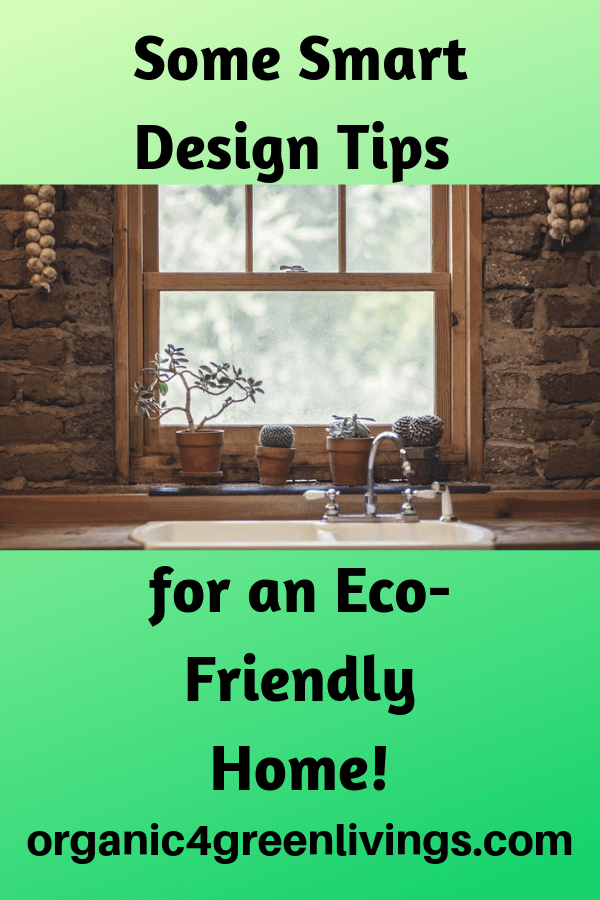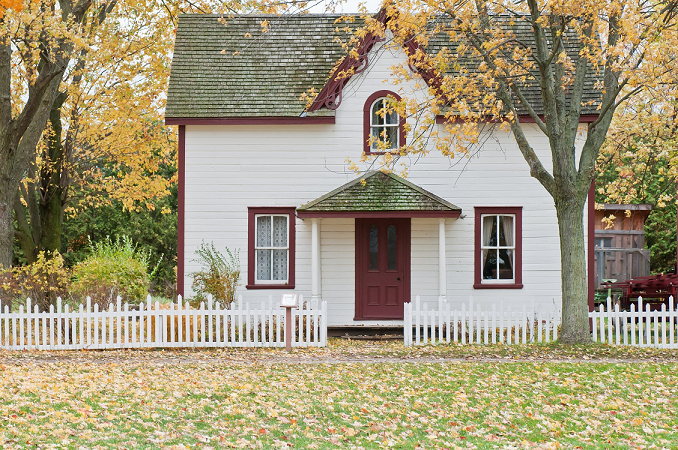Design Tips for an Eco-Friendly Home

A growing trend across the country is green building. No longer is being eco-friendly considered an “alternative” choice; it is becoming common place. According to a 2017 study conducted by Dodge Data & Analytics, about one third of home builders report that they are currently doing green builds for more than a majority of their projects.
The number of dedicated green home builders is also expected to grow from 19% in 2017 to 31% in 2022. People are trending towards lessening their carbon footprint and there are a variety of ways this can be accomplished. Generally, when people think about going green with their house, they think about renewable energy. This is an option in the form of solar panels or small wind turbines, but there are many other ways to make your home more eco friendly. Keep reading for some healthy and natural alternative solutions that are simple and you can do some of them yourself for a truly and green home.
Plants
Nothing could be simpler than placing a few plants in your house. Plants help filter the air and aid in removing chemicals from a room.

If better air quality is your goal, look for plants like:
- lilies,
- bamboo,
- or daisies.
Take a look at some more indoor plants tha can clean your air naturally. Take advantage of nature and let plants do some of the work for you.
Sunlight
The sun is free light and heat, so make good use of it. Open up your curtains and utilize skylights to let the sun in. This will help keep your house warm in the winter so you don’t have to use the heat as much. If your house is properly insulated, the heat from the sun will stay inside the house, keeping the temperature up. This is called passive solar heating and it is most effective when combined with large southern-facing windows. This will help you save on electrical bills and is good for the environment.

Passive solar heating is effective, but it can also lead to overheating during the summer. This can be fixed with a deciduous tree. A deciduous tree is in full bloom during the summer, but loses all of its leaves during the winter. This means if you plant the tree blocking the sunlight into your house it will keep your home cool in summer but let the light through to warm your house in winter.
Insulation
No matter how much heat you pump into your house, if it is not insulated properly then it is all a waste. According to the American Chemistry Council, as much as 40% of a building’s energy is lost due to air infiltration and if taken care of, the benefits from a sustainable home can make wonders.
The most common insulation is fiberglass, but it is also the least effective. Instead of fiberglass, opt for spray foam. The foam fills every crack in the surface it is sprayed on, making it highly effective insulation. While spray foam does cost more to install, it will save you money in the long run. Spray foam also adds to your home’s value, as it is designed to last more than 80 years where fiberglass only lasts 10-25 years.

Solar
Installing solar panels is on the expensive side, but they also provide great rewards. Adding solar panels is a job for a professional and certainly not a project you can do by yourself. The very first step is to have a professional evaluate your home. They will be able to tell you where to place the panels for maximum effect and will share other details of the process.
When installed correctly, solar power can generate enough power to run your house and still have some left over. You can also sell the leftover power to the energy company, meaning you are making money on your investment. Solar panels are an upfront investment, but can potentially pay for your entire electrical bill and then some.
Programmable Thermostats
Programmable smart thermostats were once rare, but now anyone can install one in their house. These advanced thermostats can adjust the temperature of your house depending on the time of day, season, and usage. If there is no one home, the thermostat will turn off so energy isn’t wasted. Not only will these thermostats prevent excess energy expenditure, but they will also save you money.
Making your house more eco-friendly doesn’t have to be complicated. Open your windows and add plants to your house for a quick improvement. Consider spray foam insulation and solar panels for a more drastic improvement. Combine all of these suggestions for a truly eco-friendly home!
Do you have any suggestions, tips or ideas on how to make your home eco-friendly? If so please share them and your opinions in the comment section below. Please share this article to help make our world a little bit healthier and safer for all of us.
